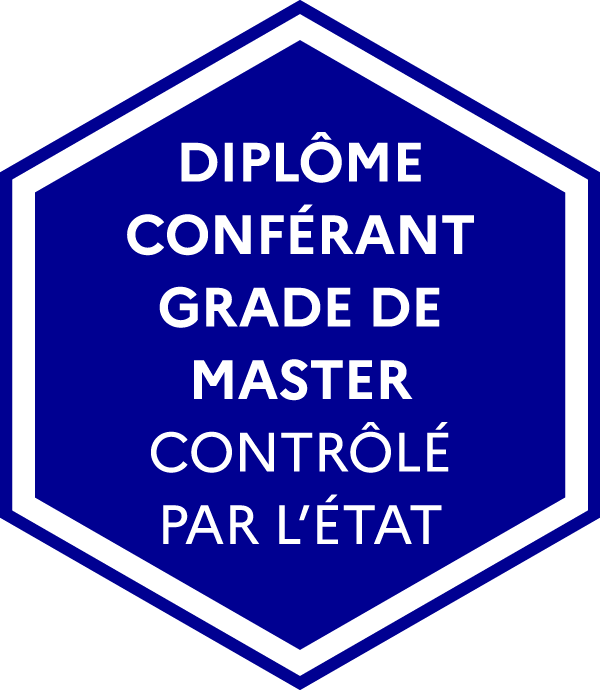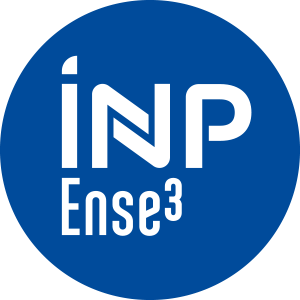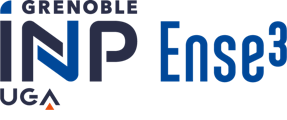Number of hours
- Lectures 21.0
- Projects -
- Tutorials 11.0
- Internship -
- Laboratory works 24.0
ECTS
ECTS 5.0
Goal(s)
This module aims at providing students with skills in mechanical design and illustrating this knowledge on fluid devices, as they are in the kernel of the Mechanical and Energy industries.
The courses offered aim to:
A) Provide information on :
- arrangement and classification of connections and mechanisms (mechanism theory) ;
- modelling of contact actions between solids ;
- rules for the design, calculation and selection of the usual links (rotational and translational guidance).
- knowledge of the various components involved in these power chains;
B) Introduce mechanical and hydraulic power transmissions
- using a flexible link such as a chain or belt
- using a fluid (oil) under pressure (oil-hydraulics):
- examples of hydraulic circuits (mainly On/Off);
C) Present the basic concepts of CAD modellers for modelling components.
- Modelling complex parts
- Introduction to modelling left-angle shapes.
- Notion of modeller accuracy.
Stephane GUILLET
Content(s)
Design, sizing and oil hydraulics (10 hours) :
- Theory of mechanisms
- Mechanical connections and actions between solids
- Hydraulic fluids and circuit components: Positive displacement machines (pumps and motors), Cylinders (linear and rotary), Accumulators, Distribution, Valves, Pressure and flow control valves, Circuit appendices (tanks, etc.).
Problem-based learning of mechanical systems (APP) (22h CTD + 20h personal work):
- Chain and belt transmission sizing
- Sizing of rotational guides in a transmission
- Sizing a hydraulic motor
Analysis of hydraulic components (12 hours BE) :
- Positive displacement machines (pumps and motors)
- Directional control valves
- Pressure and flow control valves
CAD (12 hours BE + 4 hours personal work) :
- Modelling principles using the B-Rep and CSG approaches, model construction tree and parameterisation
- Process for updating a parameterised model, Notion of accuracy of a geometric model
- Use of CAD software (SolidWorks)
-Basic knowledge in technology of mechanical devices: blueprint understanding, technical drawing, kinematic schemas;
-Classical Mechanics, Strength of Materials and Fluid Mechanics.
Session normale / First session :
ER : Evaluation Rattrapable : devoir surveillé écrit de 2h / / ER assessment : 2 hours supervised written exam.
EN : Evaluation non rattrapable : moyenne des notes de BE et APP / EN assessment : Average of Lab marks and PBL.
Session de rattrapage / Second session :
ER : la note obtenue en session 2 remplace la note ER session 1 / ER : new examination to replace ER assessment
EN : Evaluation non rattrapable / EN : Retaking this assessment is not possible.
EN 60% + ER 40%
The course exists in the following branches:
- Curriculum - Master's Degree in Engineering ME - Semester 7
Course ID : 4EUS3CME
Course language(s): 
You can find this course among all other courses.
French State controlled diploma conferring a Master's degree




